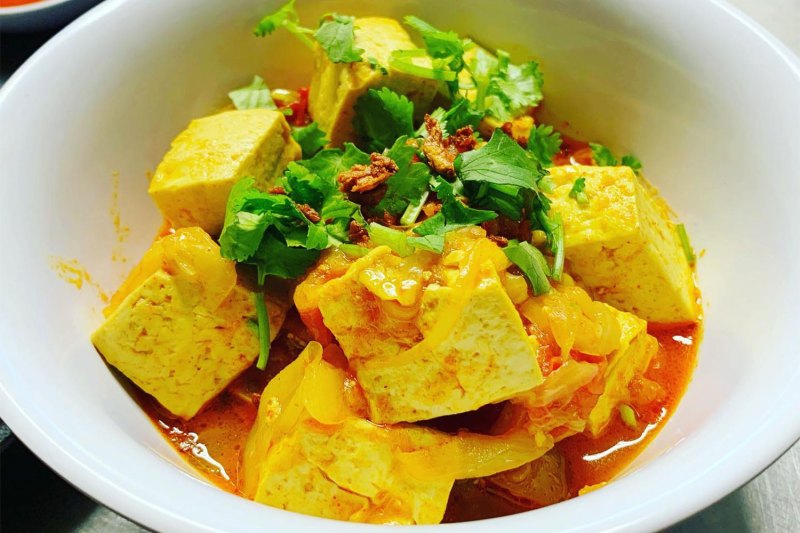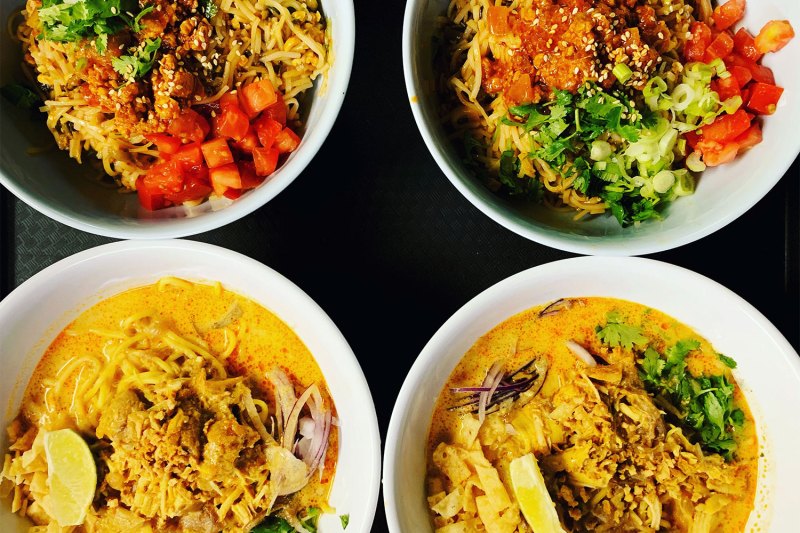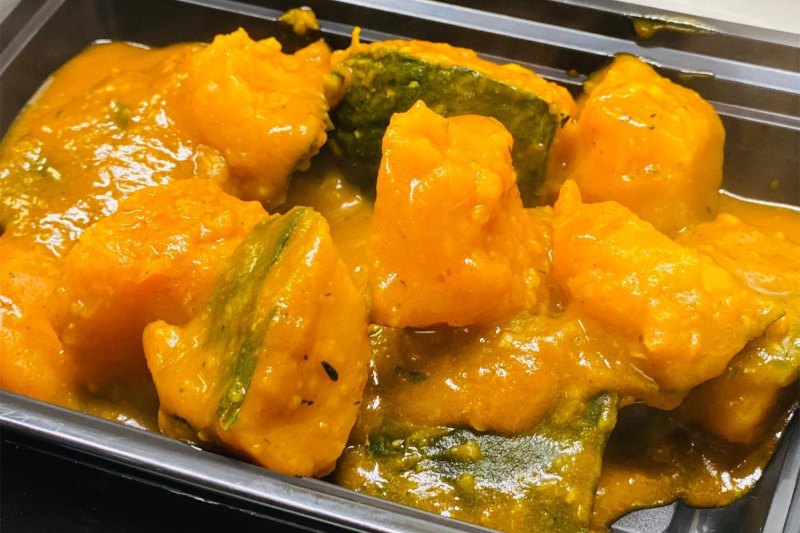When it comes to Asian cuisine, there are several heavyweights. Chinese, Japanese cuisine, and Thai jump to mind, three major cooking styles that have crossed many oceans and created solid footings abroad. But what of the smaller nations and their unique culinary customs?
Burma is one of those Asian countries, roughly the size of Texas and wedged between Bangladesh to the west and Thailand and Laos to the east. It’s important to note that the nation also goes by the Myanmar name, depending on who you ask. Political turmoil over the last several decades has seen not only a tug-of-war with regards to its national title but a struggle to define itself. Generations of British colonialism faded into brutal military rule and several uprisings.

This is the land of large pythons and precious stones. Some ninety percent of the globe’s rubies come from Burma. Rice is Burma’s biggest export and the landscape is dramatic, with towering mountain ranges, verdant jungles, and incredible old towers from bygone civilizations. Some 100 ethnic groups call Burma home, making the population of more than 53 million extremely diverse.
With tons of coastline thanks to the adjacent Bay of Bengal and Andaman Sea, Burma’s cuisine is, unsurprisingly, seafood driven. This is the land of fish sauce and dried prawns. The national dish is mohinga, a breakfast dish made with rice noodles and fish soup. Inland, there’s more in the way of pork and beef and plenty of fresh fruits and vegetables.
Kalvin Myint is the co-owner of Top Burmese in Portland, Oregon. He was born in Burma and moved to the states when he was a kid. Growing up, he learned to cook and create the unique flavors of his home country through his family. It’s a style of cuisine heavily influenced by nearby nations but also very much its own thing.
“Burmese food is heavily influenced by the neighboring cultures of India, China, and Thailand,” Myint says. “We use common spices and ingredients yet the way those spices and ingredients are mixed make it unique.” He adds that it’s almost always shared family style and tends to begin with rice followed by various curry dishes.

His favorite dish on the menu is the tea leaf salad, a mix of fermented tea leaves, tomatoes, cabbage, roasted peanuts, sunflower, sesame seeds, and chickpeas. It’s topped with fried garlic and a dish Myint says is easy to prepare yet super delicious. “I love eating healthy, so it’s a perfect dish for me,” he says. “It has leafy greens, veggies, nuts for protein, and last but not least, the fermented tea leaves which has naturally occurring beneficial bacteria in it.”
From a culinary standpoint, Myint has inherited a philosophy that suggests tasty complexity can come out of pretty straightforward cooking. “What I learned from my family is that when it comes to Burmese cooking, less is always more,” he says. “Sophistication in taste does not need sophisticated ingredients. Different ratios of spices and varying cooking techniques can make a vast difference in the outcome of the dishes. That said, overcooking and over-processing is a big no-no as it can destroy the natural beneficial properties of food.”
When eating at his restaurant, Myint suggests being curious and trying a bunch of different dishes. Top Burmese does smaller portions of just about everything to accommodate such an approach. Diners can bounce around, trying the Moh Hinga (a chowder-style soup with rice noodles and tilapia), the beef curry with coconut rice, Burmese Samosa Soup, and the Payon Thee Hinn (sweet pumpkin curry served with Jasmine rice).

In Burma, custom says to eat at a low-set table often atop a bamboo mat. There’s always a healthy spread of dishes and the eldest are served first (in fact, even when no elders are physically present, it’s customary to set aside a bit of rice in their name). Usually, drinks aren’t served with the meal. Instead, diners enjoy sips from a communal broth.
The curries in particular tend to involve fewer ingredients than their Indian counterparts and are milder, made with more ginger and garlic. There are a host of ingredients unique to the region, from djenkol to rambutan. And given the additional diversity imparted by a plurality of religions (with heavy Buddhist and Muslim influences), there’s a lot of nuance to the cuisine.
Burmese food will likely never rival that of Thai of Chinese in terms of popularity, but that does not mean it’s not worth taking a deep dive into the genre and enjoying every flavorful bite.
Editors' Recommendations
- Far older than you think: A beginner’s guide to Mexican wine
- The complete guide to cleaning a fish for beginners
- Plant-based diet facts: A beginner’s guide to this lifestyle
- How to make beer at home: A guide for beginners
- How to drink bourbon like a pro: A beginner’s guide


